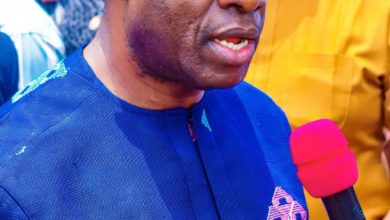ANCIENT ANAMBRA’S BODY ART CULTURE
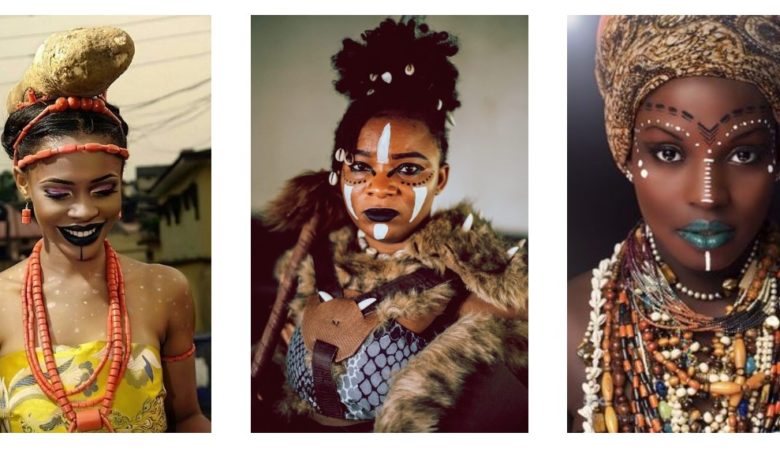
BY: Ifeoma Anidebe
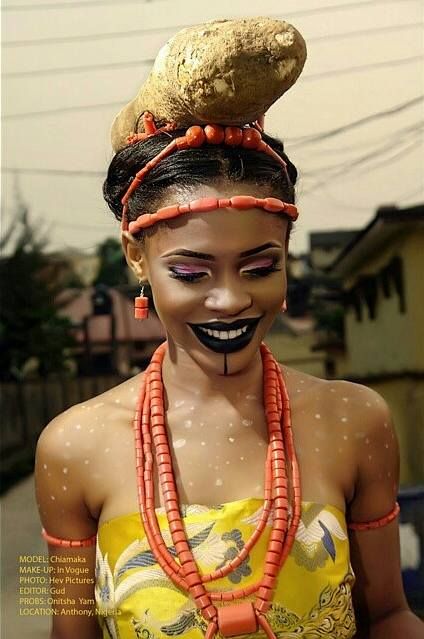
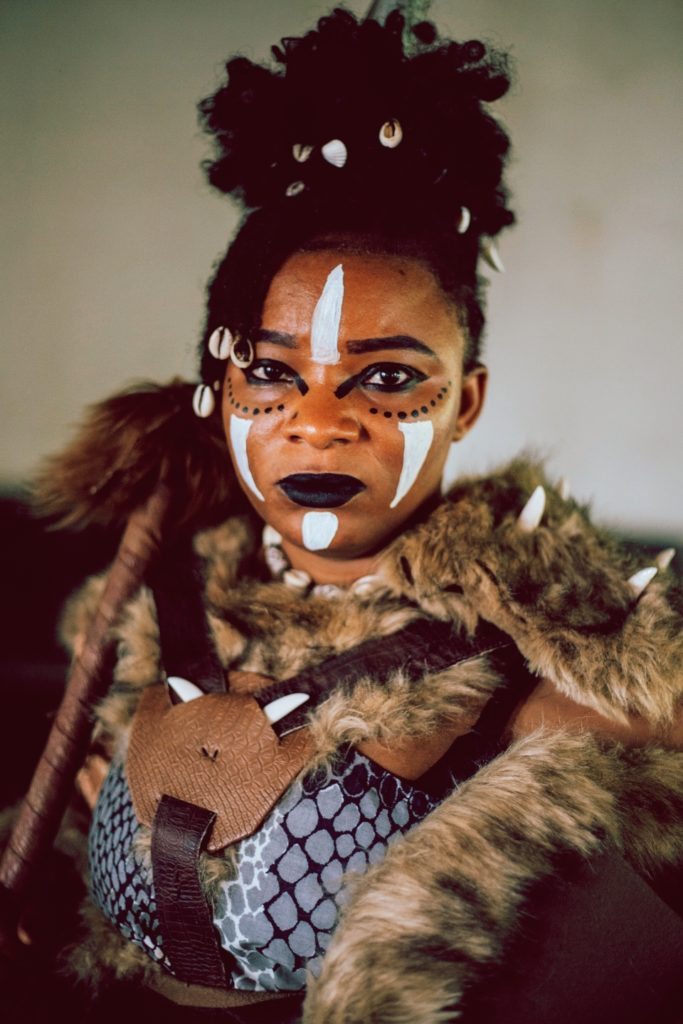
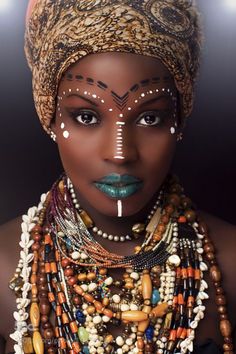
Tribes and countries of the world have their distinct beauty standards, ornaments, body modification and arts that clearly represents their beliefs, traditions, and values. Body arts is no common beauty standard that existed in Africa long before colonization and western invasion to the continent. The people of Kenya used Ochre and charcoal to beautify their skin, the Northern part of Nigeria made use of Henna as a tool for beautification while the Southeast, Anambra state to be precise made use of Uli around the body and head was an aesthetic symbol of beauty that appealed to the eyes of the people.
Nowadays, while women choose to opt for all types of beauty products like makeup, skin enhancement creams and so on to create a distinct type of beauty for themselves, the women of the old believed to be beautiful with just Uli.
Uli was the most significant body art culture in ancient Anambra. It is the art of decorating the body, hair, scalp with extracted juices of Uli fruits or pods. The seeds are first removed and mashed to extract the juice. The seeds can be gotten from the different Uli trees which are; Uli Oma or Nkpor and Uli Nkilisi or Uli Nkpuru.
The artistes of the body modification must be skillful and proficient in the art because it involves having good artistic knowledge to fully design a person’s body to their desired design. Another reason for proficiency is the fact that the design is conducted with a sharp-pointed tool dipped inside Uli’s juice before applying on the client’s body.
This paint comes in a variety of colors that are achieved by mixing the juices with other materials. Black is achieved after mixing charcoal with the Uli juices. White is gotten after mixed with clay, Red with camwood, Yellow with clay, and the most recent Blue with detergent; which was achieved due to colonization and modernization.
Uli transcends beyond body beautification. It is synonymous with ancient Igbo beauty, spirits, and nature. Just like Offor, Uli also symbolizes peace. After an argument between two women, the woman who resolves the dispute draws a line of Uli on the other’s body to signify that the dispute is over and peace has been restored. The symbols and motifs are drawn from natural and supernatural forms like flowers, abstract objects etc and it is often aligned to a god and divinity.
Women are the major partakers of this tradition that is believed that the goddess of the land “Ana” blessed the women with the ability to make art using Uli. Hence, it was identified as a beauty enhancement for women and was often used in weddings.
Asides from the body, Uli was also used on walls of the houses, especially at the entrance to beautify them. I am sure you must have seen it in Nigerian soap operas and movies, the wonderful painting, and colors in those mud houses were beautified using Uli. Uli is used for special occasions like weddings, funerals, festivals, and also in the everyday life.
To Ndi Anambra and all southeastern states at large, Uli was a means of beautification, an emblem of aesthetics, a symbol of identification that portrays their arts, culture, nature, beauty, and tradition.



